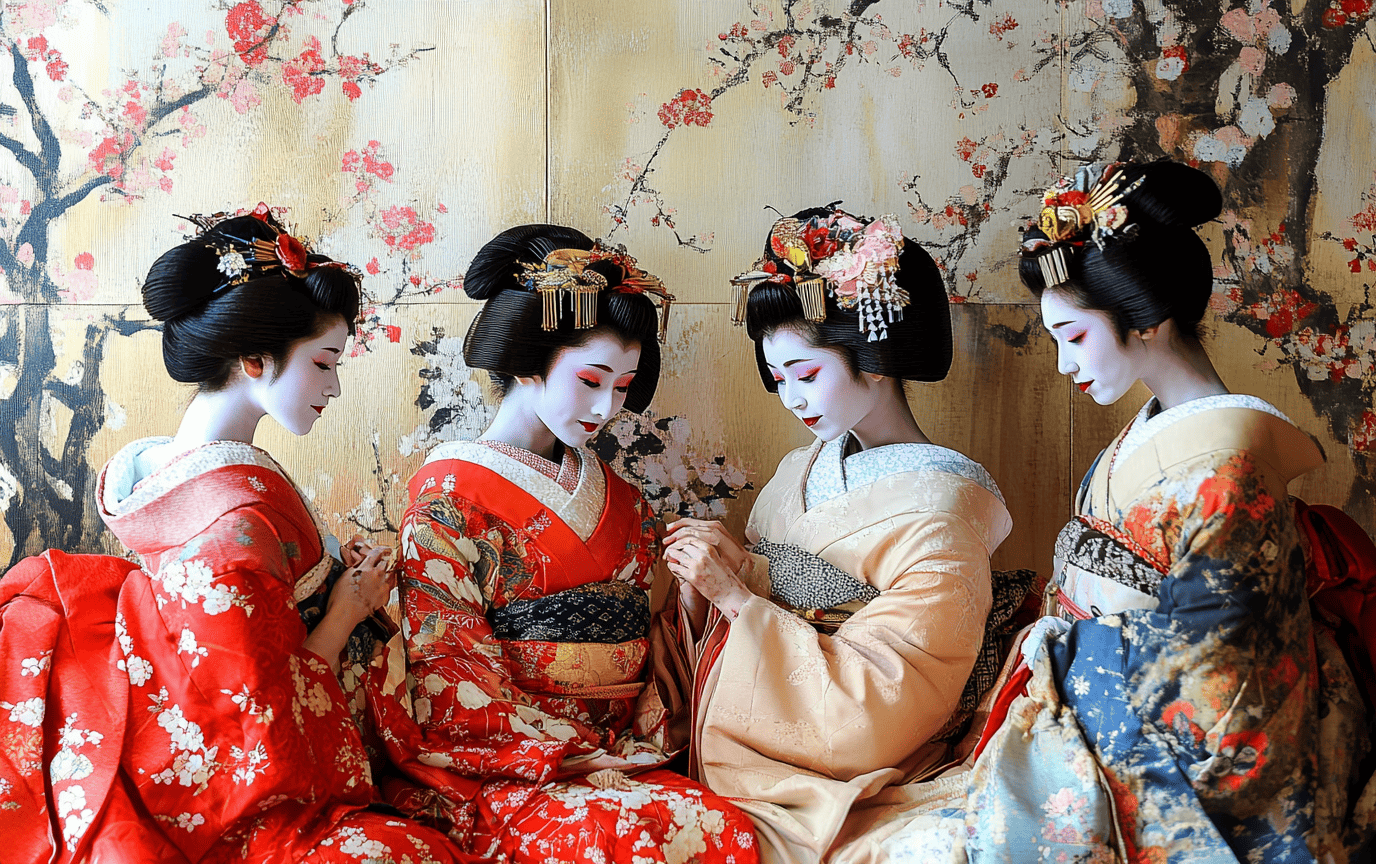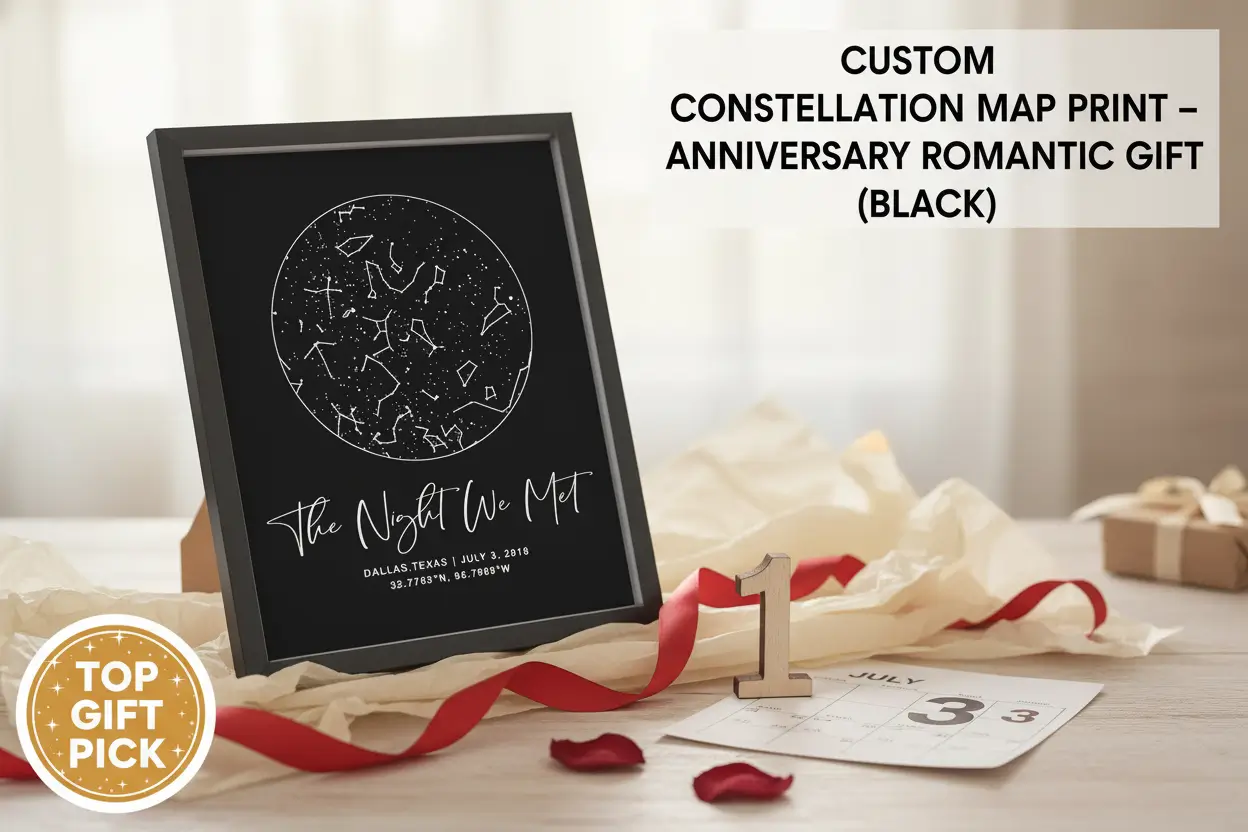The Enigmatic Role of Geishas in Japanese Society
In a world increasingly dominated by the fast and the fleeting, the quiet allure and timeless elegance of geishas seem to stand resolutely apart. Travelers may often find themselves drawn to these enigmatic figures, masters of juxtaposition—both artist and artisan, performer and observer. While typically regarded as mere entertainers, geishas encapsulate the very essence of Japanese culture, reflecting profound narratives beneath their painted faces and silk kimonos. They are not just participants in entertainment; they are cultural custodians, social influencers, and threads woven into the rich tapestry of traditional arts.
Historical Background
The origins of the term “geisha” are deceptively simple, translating to “person of the arts” or “artist.” Yet the complexity of their existence stretches far beyond the title. Emerging during the Edo period, geishas began as assistants to oiran, those luxurious courtesans who flourished amidst Japan’s burgeoning civilization. This transformation saw geishas evolve—first as male entertainers known as taikomochi, storytellers who enchanted the ears of feudal lords, then transitioning to female figures of grace and skill as they captured the imaginations of a new class: the merchant elite (1).
Life in the streets of Edo (now Tokyo) echoed with laughter and the sounds of shamisen, as geishas began to cultivate an allure of their own. They were not merely accessories to high society but were, in truth, the stars of the show—a privilege slowly earned by mastering the delicate arts of music, dance, and conversation (2). Through challenging societal norms, they paved the path to becoming independent entertainers free from the heavy social stigma that had once encumbered their predecessors.
Training and Lifestyle
The journey to becoming a geisha is neither hasty nor easy. It begins early, often around the tender age of 14 or 15, when a young girl enters an okiya, a geisha house that serves as a home and training ground. Nestled within the confines of elegant walls draped in fabrics whispering tales of history, she transitions into a caregiver’s watchful eye—her okāsan—who imparts knowledge that shapes destiny.
Driven by unwavering resilience and nurtured in the arts, each apprentice embarks on a rigorous training regimen, from mastering musical instruments such as the shamisen or koto, to developing the iconic movements of traditional dances. Their world could be intense, yet within the restrictions lay a distinct beauty—the feeling of silk against skin, the scent of freshly painted faces, and the thrill of learning age-old crafts (3).
As they journey through stages—first as minarai, mere observers listening and watching, to maiko, characterized by vibrant kimono and ornamental hair—and finally to the fully-fledged role of geiko, they master both the art of traditional performance and the subtle dance of social interaction. Within those painted smiles, a deeper truth often lays hidden, waiting for the right moment to emerge.
Social Influence and Cultural Significance
Perhaps the most captivating aspect of a geisha’s life is not merely their artistry, but their capacity for cultural preservation and social influence. The allure of the geisha extends beyond dance and music; they serve as cultural ambassadors, weaving narratives that span generations. They stand at convergence points for the powerful and privileged, creating networks that run through Japan’s intricate social fabrics (4).
Behind closed doors, geishas play central roles in facilitating connections and relationships, all while showcasing Japan’s remarkable tapestry of traditional arts. Their influence can extend to commissioning artworks, supporting fellow artists, and contributing to the preservation of these dying crafts, all while ensuring the arts remain accessible—and relevant—to modern society.
However, the life of a geisha is not without its limitations. Traditionally, they maintained strict codes of behavior, often eschewing marriage and personal relationships, perpetuating a veil of mystery. But as modern times unfurl old conventions, some contemporary geishas have challenged these longstanding norms, choosing paths of greater personal freedom while carrying the mantle of tradition (5).
Modern Challenges and Evolution
Today, the landscape of geishas bears stark differences to that of yore. With fewer than a thousand geishas remaining, primarily concentrated in Kyoto’s famed Gion district, their role has transformed to cater increasingly to a tourism-driven market eager to engage with authentic cultural experiences. It introduces novel challenges that threaten to overshadow the depth of their artistry and craftsmanship (6).
As modernity shapes societal inputs, this fragile legacy teeters on a delicate edge. Balancing the preservation of traditional practices while adapting to contemporary expectations is no mean feat. The allure of geishas, once cloistered in elaborate interpersonal exchanges, now exists within a glaring digital realm where snapshots replace the languid moments of connection that once defined their world.
Yet still, within every performance, the spirit of geishas remains unquenched—a poignant reminder of a culture rich with history. They continue to captivate with beauty and grace, providing a reflective pause in the whirling speeds of life, holding sacred the art of interaction, respect, and profound listening.
Conclusion
Geishas embody the spirit of an era and a culture that many crave to understand and appreciate. More than entertainers, they are the guardians of Japan’s unique heritage, weaving together traditional arts with the vibrancy of their contemporary world. As they navigate the intricacies of modern life while preserving age-old practices, geishas remain a captivating symbol of Japan’s graceful past.
In a society racing toward the future, perhaps it’s the lives of geishas that offer us a mirror—a gentle reminder of the ages that have shaped not only a nation, but also the art of connection, respect, and the beauty of tradition.
Want to stay updated on the latest travel tips? Check out our Travel Tips section. Looking for lifestyle inspiration? Explore our Lifestyle category. Discover amazing Destinations. Watch our journey on YouTube, follow us on Instagram and save your favorite moments with us on Pinterest.













